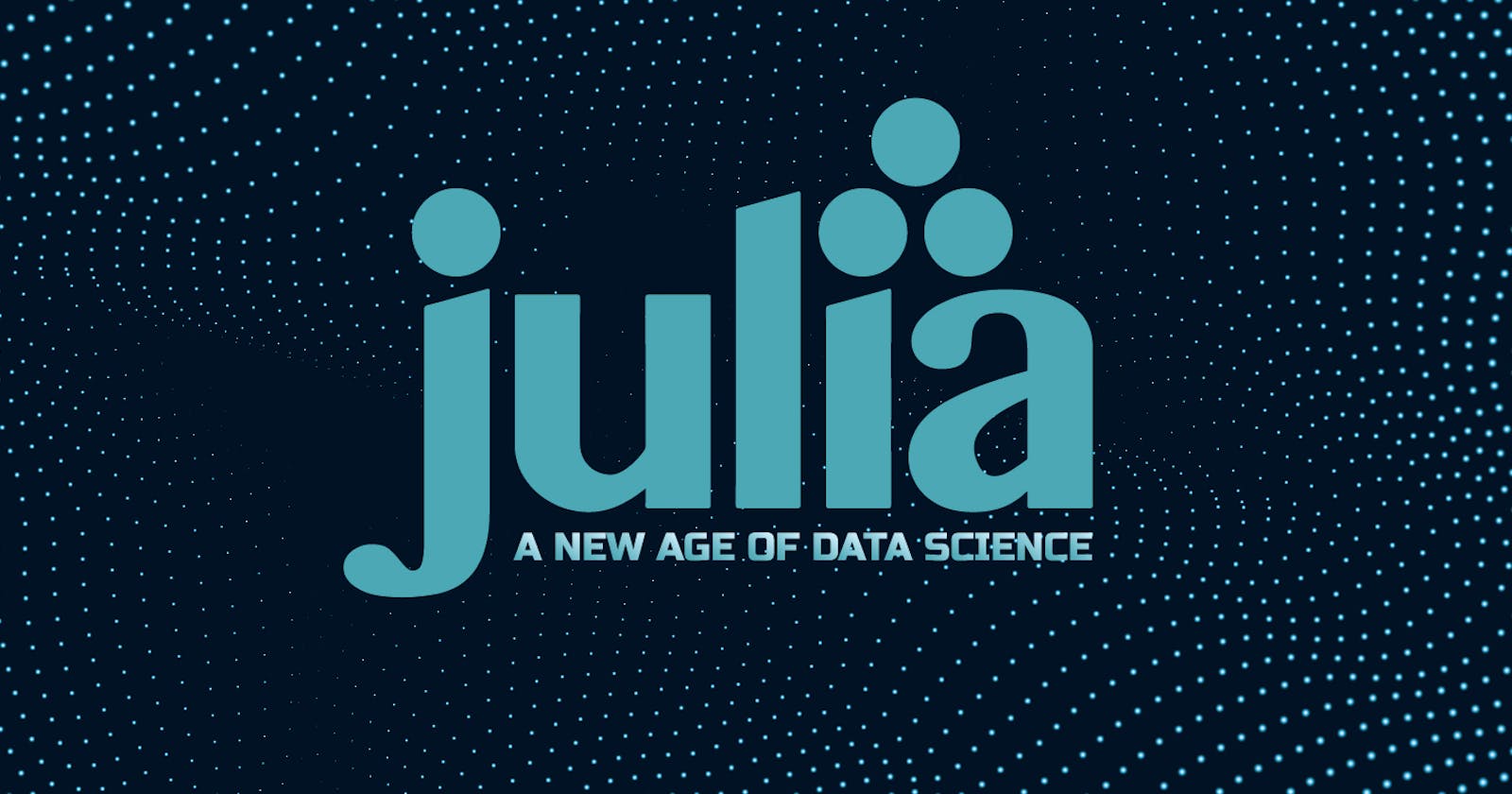Introduction:
Data science has rapidly evolved over the years, with an increasing demand for handling massive datasets and performing complex computations. In this era of big data, traditional programming languages often struggle to provide the performance required for efficient data analysis and scientific computing. However, Julia, a relatively new programming language, has emerged as a powerful tool for high-performance computing in the field of data science. In this blog, we will explore the key features and advantages of Julia and discuss why it has gained popularity among data scientists and researchers.
1. Performance:
One of the primary reasons why Julia stands out in the data science landscape is its impressive performance. Unlike languages such as Python, R, or MATLAB, which are known for their simplicity and ease of use, Julia was specifically designed for high-performance computing. Julia's just-in-time (JIT) compilation allows it to approach the performance of low-level languages like C or Fortran, while still maintaining a high-level, expressive syntax. This combination of performance and productivity makes Julia an ideal choice for computationally intensive tasks.
2. Dynamic and Interactive Nature:
Julia provides a dynamic and interactive programming environment, which is essential for exploratory data analysis and prototyping. Its REPL (Read-Eval-Print Loop) enables users to write and execute code snippets in real-time, facilitating quick experimentation and iterative development. This interactive nature of Julia makes it easier for data scientists to explore data, test hypotheses, and refine their algorithms with immediate feedback.
3. Data Science Ecosystem:
Julia boasts a rich ecosystem of packages specifically tailored for data science and machine learning. Packages like DataFrames.jl, Query.jl, and MLJ.jl provide efficient tools for data manipulation, querying, and modeling. Additionally, popular machine learning libraries such as Flux.jl and ScikitLearn.jl offer high-performance implementations of various algorithms, enabling data scientists to train complex models on large datasets efficiently. With the Julia ecosystem continuously expanding, it has become a comprehensive platform for a wide range of data science tasks.
4. Interoperability:
Julia's design philosophy emphasizes interoperability with other programming languages. It can easily integrate with existing code written in Python, R, or C, allowing users to leverage their existing codebases and take advantage of Julia's performance benefits. This interoperability eliminates the need for rewriting the entire codebase, making it easier for data scientists to transition to Julia gradually.
5. Parallel and Distributed Computing:
Julia has built-in support for parallel and distributed computing, enabling users to harness the power of multiple cores or even entire clusters for their computations. With Julia's native support for distributed data structures and parallel algorithms, users can easily scale their computations and process large datasets in a distributed manner. This capability is particularly valuable in scenarios where data scientists need to analyze massive datasets or perform computationally intensive simulations.
Conclusion:
Julia has emerged as a game-changer in the field of data science, offering a unique combination of performance, interactivity, and ease of use. Its ability to deliver high-performance computing without sacrificing productivity has made it a preferred choice for data scientists and researchers. With its expanding ecosystem of packages and growing community support, Julia is poised to revolutionize the way we tackle complex data analysis tasks. Whether you are working on a small-scale analysis or dealing with massive datasets, Julia's high-performance computing capabilities make it a language worth exploring for any data scientist.
